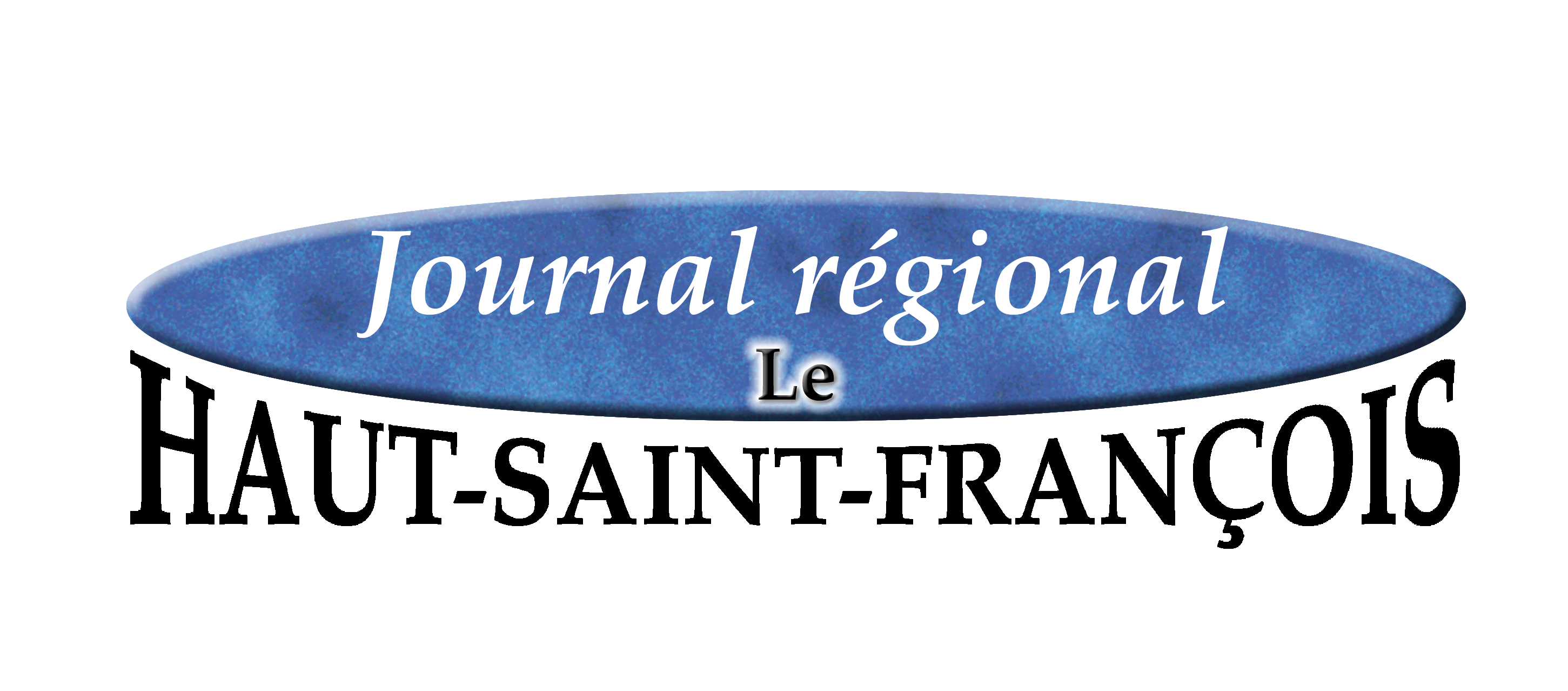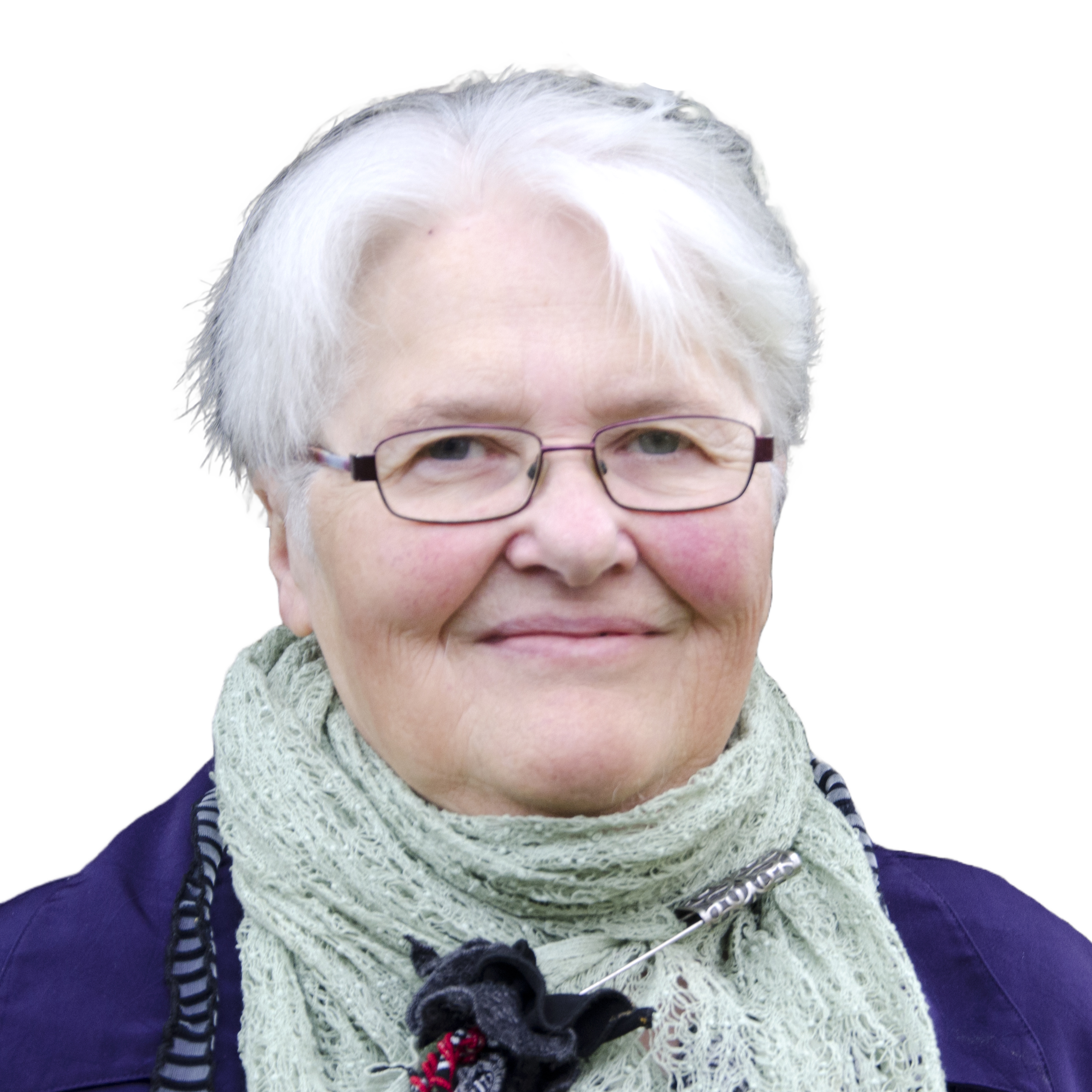Hundreds of artefacts and banners filled The Armoury in Bury last weekend, telling stories of the military history of Bury and its surroundings from 1866 until now. Organized by the Bury Historical and Heritage Society in collaboration with the Bury Legion, the fully bilingual exhibition is to continue on March 25 and 26, with the addition of outdoor banners lining Main Street.
Bury’s role as a military centre began when the Fenians, a secret society of Irish patriots in the United States, launched a series of raids in 1866 to 1871. They aimed to take Canadian territory by force so they could exchange it with Britain for Irish independence. In reaction, the new Canadian confederation strengthened its militia, and Lemuel Pope, who owned most of the land surrounding what is now Bury, formed the 58th Compton Battalion of Infantry in Bury on October 11, 1867.
The history continued through World War I, World War II, the Vietnam War, and right up to the war in Afganistan. Telling the stories are more than 400 artefacts and information panels displayed on tables in the centre area, a slide show, and an army of seven-foot banners standing double-file along the sides of the hall, 30 in all.
A four-foot napalm bomb from the U.S. destined for use in Vietnam is “the most horrific thing in the entire exhibit,” said Ed Pedersen, one of the organizers.
The exhibits focus on people and their experiences rather than weapons: The men and women who served in combat, many losing their lives. Women who supported the war effort on the home front and kept the country functioning. The defence of Hong Kong. The British Home Children. Food rationing. The peace movement, and much more.
“One photo was of a woman in Russia, in 2022, protesting the invasion of Ukraine. Imagine her courage!” commented Pedersen.
In the world wars, Bury had the highest enlistment rate per capita of any community in Canada, according to Praxède Lévesque-Lapointe. Watching the slideshow, visitors commented on people they knew personally, or who were parents of friends.
Some 40 persons attended the 5 à 7 that opened the event, and about 62, the first day. The attendance was evenly divided between Francophones and Anglophones, many from beyond Bury. Some visitors spent hours examining the varied exhibits, said Pedersen. “I hope more young people come next weekend.”
“We had a very good collaboration,” said the historical society’s president, Praxède Lévesque-Lapointe. Joel Barter’s idea sparked the event. Ed Pedersen researched and wrote the text for the banners, Martine Staehler edited it, and Lé evesque-Lapointe translated it. John Mackley created the slideshow, and Dominique Lévesque helped with the whole process. Pedersen, Mackley and Tony De Melo arranged the exhibits.
Bury’s Royal Canadian Legion, Branch 048, provided many of the artefacts, as did collector Michel Morin of La Patrie, the ANAF Unit No. 318 (The HUT) in Sherbrooke, and other contributors. Photos for the banners and slide shows came from Joel Barter’s vast collection. Others came from the Legion’s scrapbook, loaned by Valerie MacLeod, and again, other contributors.
“We hope this event will remind people of history, and make them aware of the societal responsibility we have of protecting ourselves and our democracy. Canada is not a militaristic society, but we have responded when necessary,” commented Pedersen. “Our aim is not to glorify war, but just to point out the history.”
Barter led an initiative to put up 40 banners along Main Street, including 26 sponsored by families of veterans. “The banners are in the mail,” he said. “They should be here and installed by March 25.”
The exhibition at Bury’s Armoury, 563 Main Street, is open March 25-26, 1-4 p.m. The outdoor banners are to stay up until the fall, and the exhibition re-mounted for Canada Day.
Financial support came from the Quebec Anglophone Heritage Network, the Secrétariat aux relations avec les Québécois d’expression anglaise, the Municipality of Bury, and the Caisse Desjardins du Haut-Saint-François.
Exhibition of Bury’s Military History: A Strong Start

Article précédentBon début à l’Exposition sur l’histoire militaire de Bury

